From a movie about a famous opera singer to a sword-and-sandals epic, 2025 has seen its fair share of films that feature real-life figures. We suss out what’s real and what’s fiction in them.
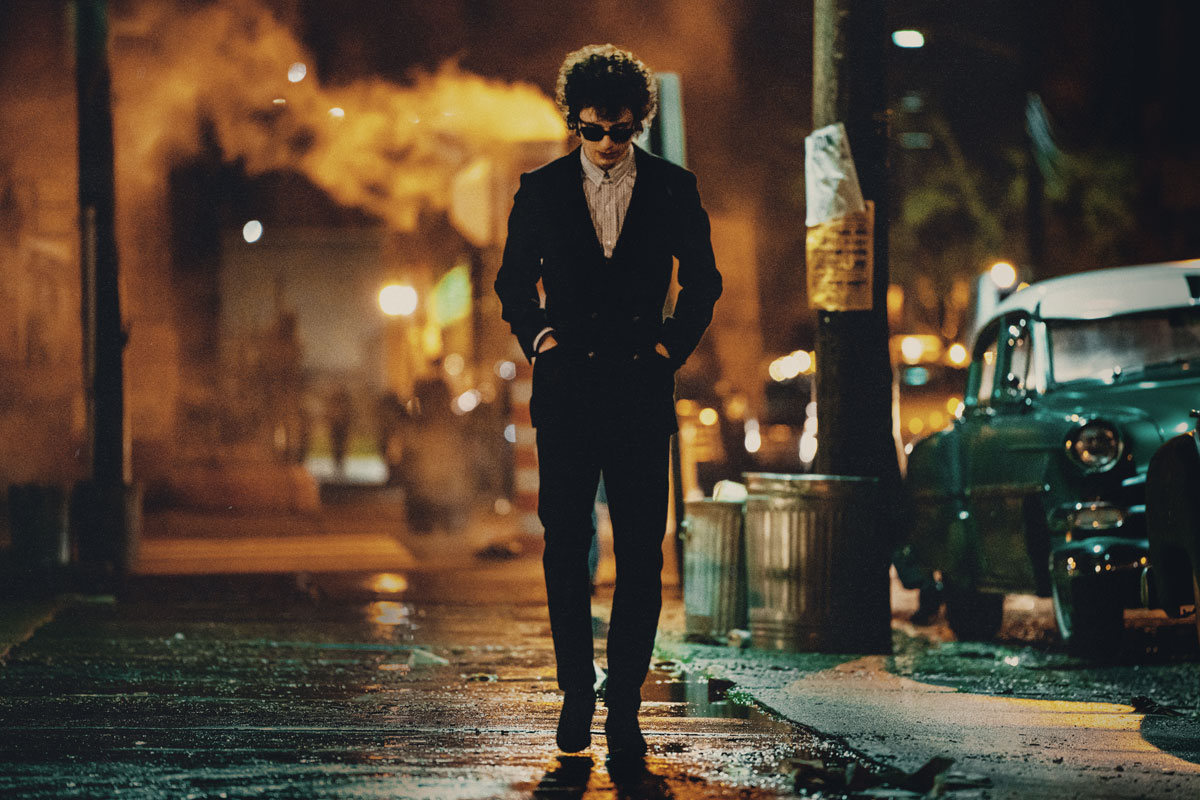
A Complete Unknown
For a musician with a long and illustrious career like Bob Dylan, it’s remarkable that he still remains a mystery in the public eye. So it’s about time a movie that shines a light on his life came about. Enter A Complete Unknown.
Starring the charismatic (and completely known) Timothée Chalamet as Dylan, A Complete Unknown gives audiences a look into how the artist became a folk icon at a startlingly young age. From The Freewheelin’ Dylan to electric-sound Dylan, the singer-songwriter built his name on protest songs about humanist struggles. However, over time, he became more concerned about being boxed in as an artist and fought against that.
The film only covers a slice of his musical journey, but that era is an important one. His young days as a Woody Guthrie devotee — he had hoped to meet the man in New York — are established in the film as the genesis of his own artistry.
Guthrie, a folk legend whose music was equalled by his activism, did indeed meet Dylan before his untimely death. However, the two did not meet while Guthrie was in hospital, nor did Dylan play him a self-penned song there.
Sylvie Russo (Elle Fanning) is introduced in the film as Dylan’s first love, who ends up jaded by his rising popularity and closeness to Joan Baez (Monica Barbaro). In reality, no such person exists. She is a fictional character based on Suze Rotolo, an artist who dated Dylan from 1961 to 1964. Fans know her as the woman who appears with Dylan on the cover of The Freewheelin’ Bob Dylan.
Per Dylan’s request to the filmmakers, Suze was changed to Sylvie out of respect — the artist died in 2011 and was intensely private about her personal life.
The climactic tension of A Complete Unknown lies in the depiction of his 1965 Newport Folk Festival set, where he infamously ditched his acoustic guitar for an electric one. The hostility and vitriol shown by the crowd and festival organisers were indeed real. However, a drunk Johnny Cash did not show up at the festival to encourage Dylan to finish his set, as depicted in the movie.
In real life, the two enjoyed a friendship as distant pen-pals, and the topic was indeed broached. “Johnny was encouraging Bob not to listen to the potentates of folk music in his letters,” director James Mangold tells Entertainment Weekly.
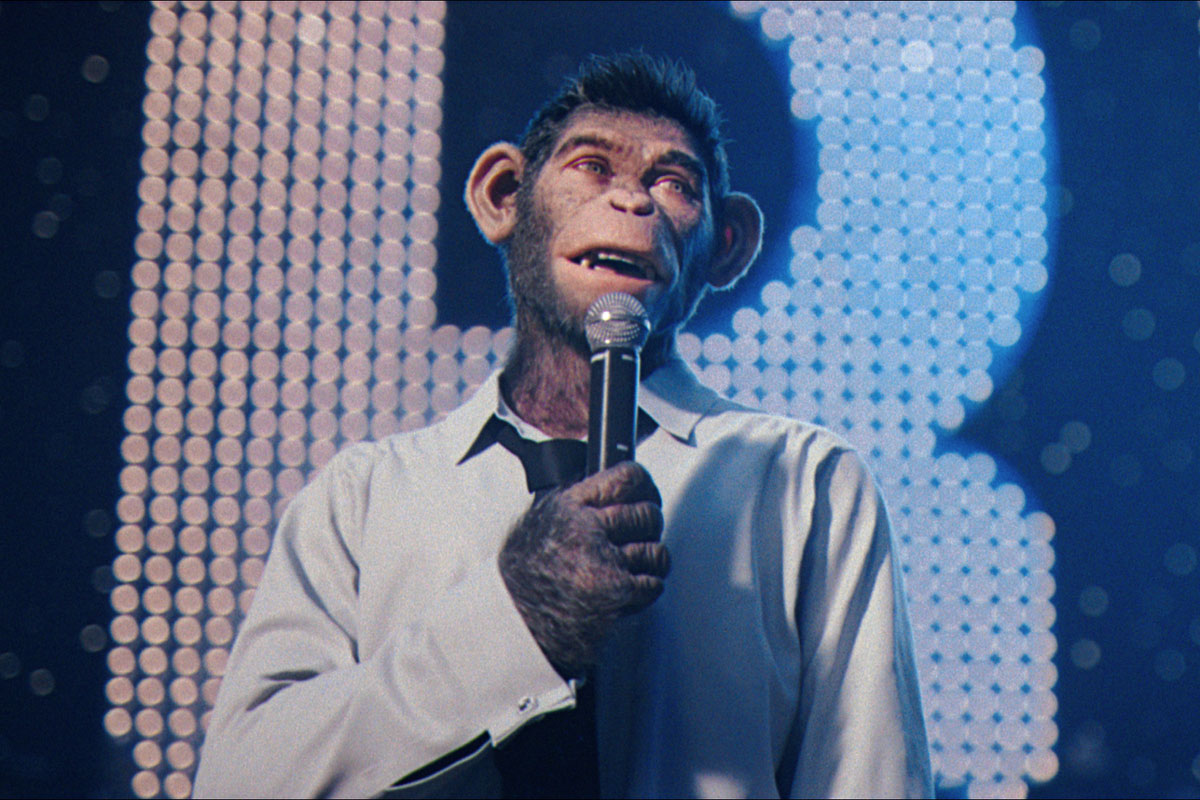
Better Man
Let’s get this out of the way: Robbie Williams is not a chimpanzee in real life.
In most parts of the world — except maybe in the US — Williams is a pop music icon. At the turn of the millennium, he graduated from his Take That boyband roots to build his own legacy. Possessing incredible magnetism and charisma, as well as an earthiness that made him feel like ‘one of the guys’, Williams became an intensely likeable and memorable performer.
But he wasn’t just known for his flamboyant persona but also for his bona fide musicality — he wrote and produced tracks ranging from supremely catchy anthems to swooning ballads. In the late ’90s and early noughties — an era where slick, heartthrob boybands dominated the music landscape — Williams felt as real a singular pop star as they came.
Better Man is the story about how Williams came to be Britain’s bad boy of pop. The portrayal of the singer as a CGI monkey might seem outrageous and over the top at first, but there’s a purpose behind it. Director Michael Gracey explains to the BBC: “We’ve got this chance to tell this story, not from the perspective of how we see Rob, but how he sees himself.”
But how much of it is real, and how much is just movie magic? Here, Williams is portrayed as an only child, when, in reality, he has a half-sister named Sally, now known as Sally Symonds, who remains out of the public spotlight.
The crux of Williams’ struggles is his tattered relationship with Peter Conway, his father, played by Steve Pemberton. While the two have performed together several times, Conway did not, in fact, join Williams to sing Frank Sinatra’s “My Way” at the Royal Albert Hall. Williams did perform that song — in 2001, not 2003 like in the film — but it was just him alone on stage.
The film also shows Williams’ time in Take That, during which he was seemingly sidelined while bandmate Gary Barlow stole the lion’s share of the spotlight. However, during the group’s superstar years, he had led the group in songs like “I Found Heaven” and “Could It Be Magic”.
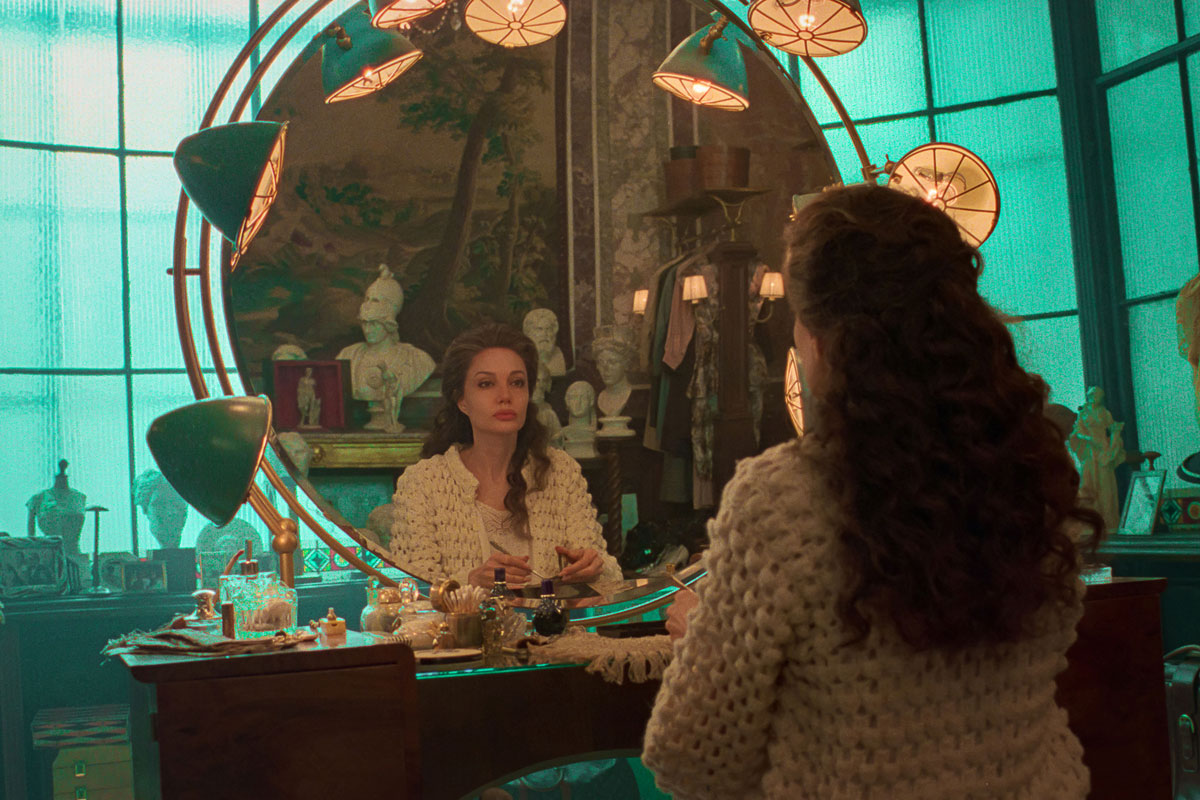
Maria
Chilean director Pablo Larraín’s thematic 20th Century Women trilogy consists of several films about memorable icons, including Jackie, about Jackie Kennedy, and Spencer, about Princess Diana. Maria, the third movie in the trilogy, gives us a glimpse into the life of Maria Callas, but like the other films, it doesn’t fit into the traditional biopic mould.
Maria depicts opera diva Callas (Angelina Jolie) in her waning days before she died in 1977, reflecting on her tumultuous and glamorous life. In the movie, Callas’ butler, Ferruccio Mezzadri (Pierfrancesco Favino), and her maid, Bruna (Alba Rohrwacher), are her confidantes.
Callas was indeed close to her household staff, and Mezzadri worked for Callas for 20 years. The filmmakers met with Mezzardri, now 93, who has famously refused to sell his personal stories of Callas to the press.
Callas did attend John F. Kennedy’s (Caspar Phillipson) 45th birthday party, as shown in the movie, but it is unknown if she had a heart-to-heart conversation with Marilyn Monroe (played by professional Marilyn Monroe impersonator Sue Ellen Kennedy) about the nature of fame. Phillipson reprises his role from Jackie.
The movie’s biggest creative liberty is the invented character Mandrax (Kodi Smit-McPhee). The young filmmaker and interviewer is a manifestation of Callas’ drug-induced hallucinations (Mandrax is one of the brand names of the psychoactive drug Methaqualone). Maria speculates that the singer’s fatal heart attack was due to drug abuse, which cannot be confirmed because no autopsy was performed before her body was cremated.
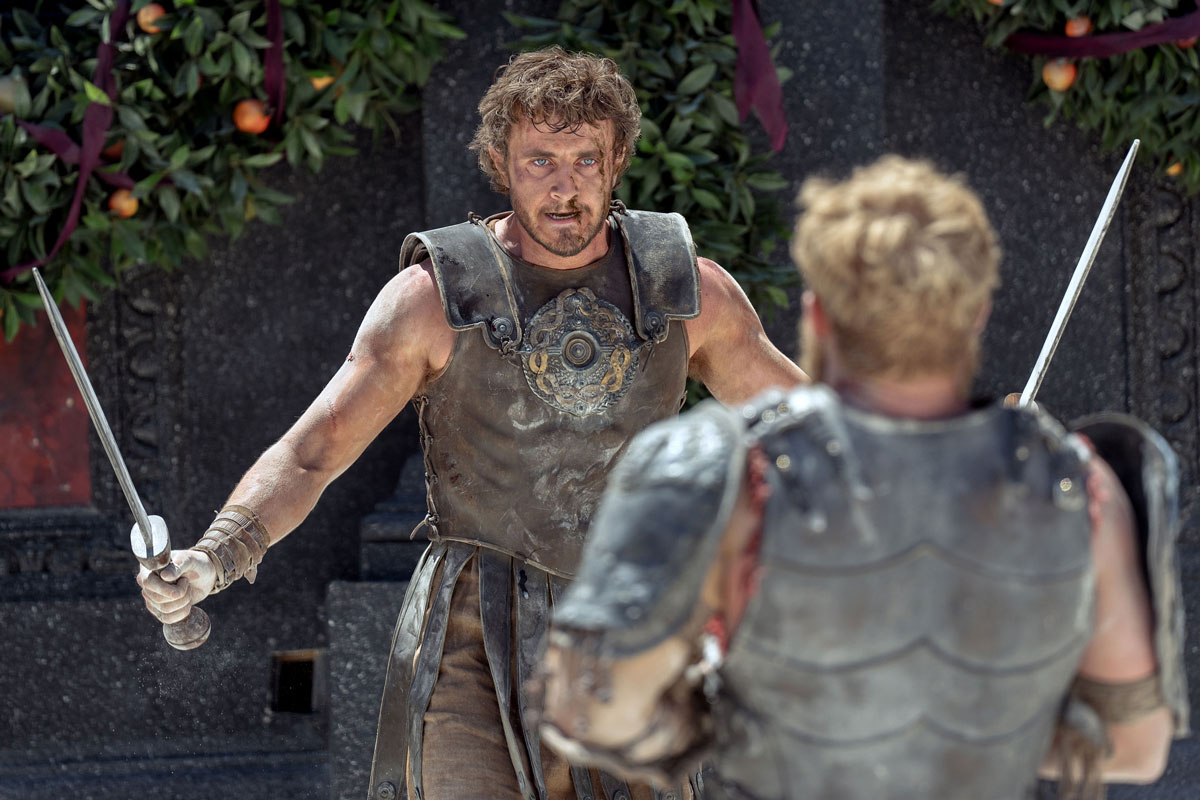
Gladiator II
Sir Ridley Scott returns to helm the sequel to his Oscar-winning epic Gladiator. The director is famous for his disregard for historical rigour, having sniped at historians for pointing out the inaccuracies in his previous film, Napoleon.
Gladiator II is largely fictional, but the joint emperors, Geta (Joseph Quinn) and Caracalla (Fred Hechinger), were actual historical figures. The brothers initially ruled alongside their father, Septimius, until his death in early 211 CE. They then ruled together until Geta’s death in late 211 CE, and Caracalla died in 217 CE. The latter is shown having a pet monkey named Dondus, which there is no record of. The movie also fictionalises the circumstances of the brothers’ deaths.
The movie’s protagonist, Lucius/Hanno (Paul Mescal), is depicted as the son of Lucilla (Connie Nielsen) and Maximus, the protagonist of the first Gladiator. While Lucilla existed, her son Lucius died in childhood. Her older brother, Commodus (the main antagonist in the first film), ordered her execution, and she died aged 32-34, but in the Gladiator movies, she outlives him. Lucilla’s husband, General Acacius (Pedro Pascal), who clashes with Lucius in the arena, is fictional. The scene-stealing Macrinus (Denzel Washington), a slave-turned-gladiator owner, is loosely based on the historical figure Marcus Opellius Macrinus.
Gladiator II also exaggerates some events for spectacle’s sake: a massive action sequence depicts the re-enactment of a naval battle in the Colosseum. Mock naval battles, called naumachia, did exist. However, the amphitheatres were not filled with water deep enough for sharks to swim in, and the boats were not charging at full speed. The last naumachia is believed to have been held in the Colosseum in 89 CE, more than 100 years before the movie’s second-century setting.
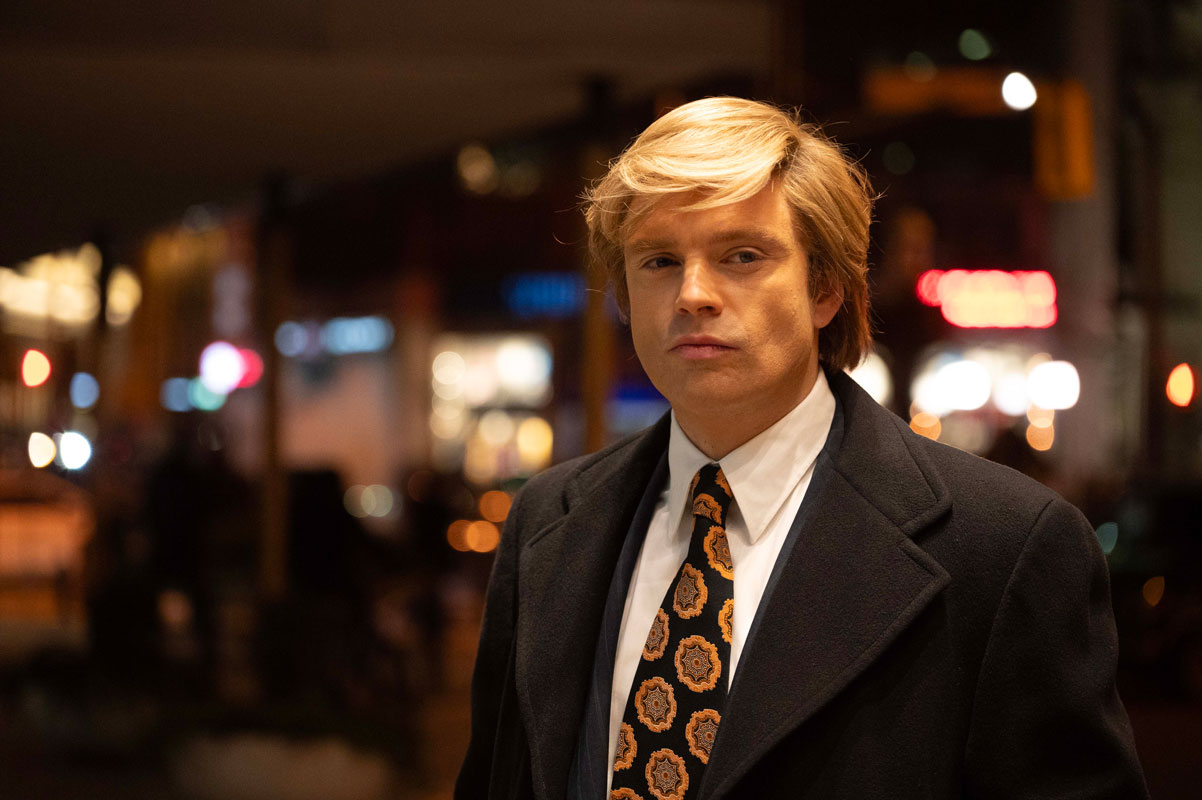
The Apprentice
This movie recounts young Donald Trump’s (Sebastian Stan) rise to power in the ’70s as the scion of a real estate tycoon. It focuses on his relationship with Roy Cohn (Jeremy Strong), an infamously ruthless lawyer who became Trump’s mentor. As with any depiction of Trump, the movie has attracted controversy. “The script is 100% backed by my own interviews and historical research,” screenwriter Gabriel Sherman, who is also a journalist, tells Variety. “And it’s important to note that it is not a documentary. It’s a work of fiction that’s inspired by history.”
The movie’s depiction of Cohn is largely accurate. His exploits, including his history as a fixer for mafioso Tony Salerno (Joe Pingue), are well documented. He was infamous for finding legal loopholes, and in 1986, the New York State Supreme Court disbarred Cohn for unethical and unprofessional conduct. He also denied his homosexuality until his death of complications from AIDS, also in 1986.
Trump is depicted getting liposuction and scalp reduction surgery, which is based on a claim that his first wife, Ivana (Maria Bakalova), made under oath. Steven Cheung, the communications director for Trump’s 2024 presidential campaign, claims: “This garbage is pure fiction which sensationalises lies that have been long debunked.”

Lee
A passion project for star/producer Kate Winslet, Lee tells the story of Elizabeth ‘Lee’ Miller, a fashion model turned war photojournalist for Vogue who captured indelible images of World War II. The movie is based on the book The Lives of Lee Miller by her son, Antony Penrose. Winslet and director Ellen Kuras worked with the author, who gave the filmmakers access to Miller’s personal archives of photos and artefacts — a process that lends the movie a sense of authenticity.
The movie features recreations of photographs taken by and of Miller. To that end, Winslet had to learn to use a Rolleiflex camera. She tells 60 Minutes: “It couldn’t just be a prop … I had to be confident and comfortable with it … I had to know what I was doing.” She hired vintage film camera expert Claude Samaran to build an exact replica of Miller’s camera for the movie, since war photographers didn’t commonly use the Rolleiflex at the time.
What is arguably Miller’s most famous photograph, in which she sits in a bathtub in Hitler’s apartment on the same day that the dictator killed himself, is depicted in the movie. David Scherman (Andy Samberg) also posed for photographs in the bathtub, but this is not shown.
The movie leaves out Miller’s formative relationship with photographer Man Ray. Miller was Ray’s lover, apprentice, model, and collaborator in Paris. Ray was also 17 years older than her. Lee also leaves out Miller’s first marriage with Aziz Eloui Bey, who was also 17 years older than her, instead focusing on her second marriage with Roland Penrose (Alexander Skarsgård). The movie’s biggest invention is its framing device, in which Lee is interviewed by a young man (Josh O’Connor), whose connection to her is eventually revealed.
Images: © 2025 20th Century Studios, © 2025 Better Man AU Pty Ltd, © 2025 THE APARTMENT SRL, KOMPLIZEN FILM GMBH, FABULA INC, © 2025 Paramount Pictures, © APPRENTICE PRODUCTIONS ONTARIO INC. / PROFILE PRODUCTIONS 2 APS / TAILORED FILMS LTD. 2025, © BROUHAHA LEE LIMITED 2025.